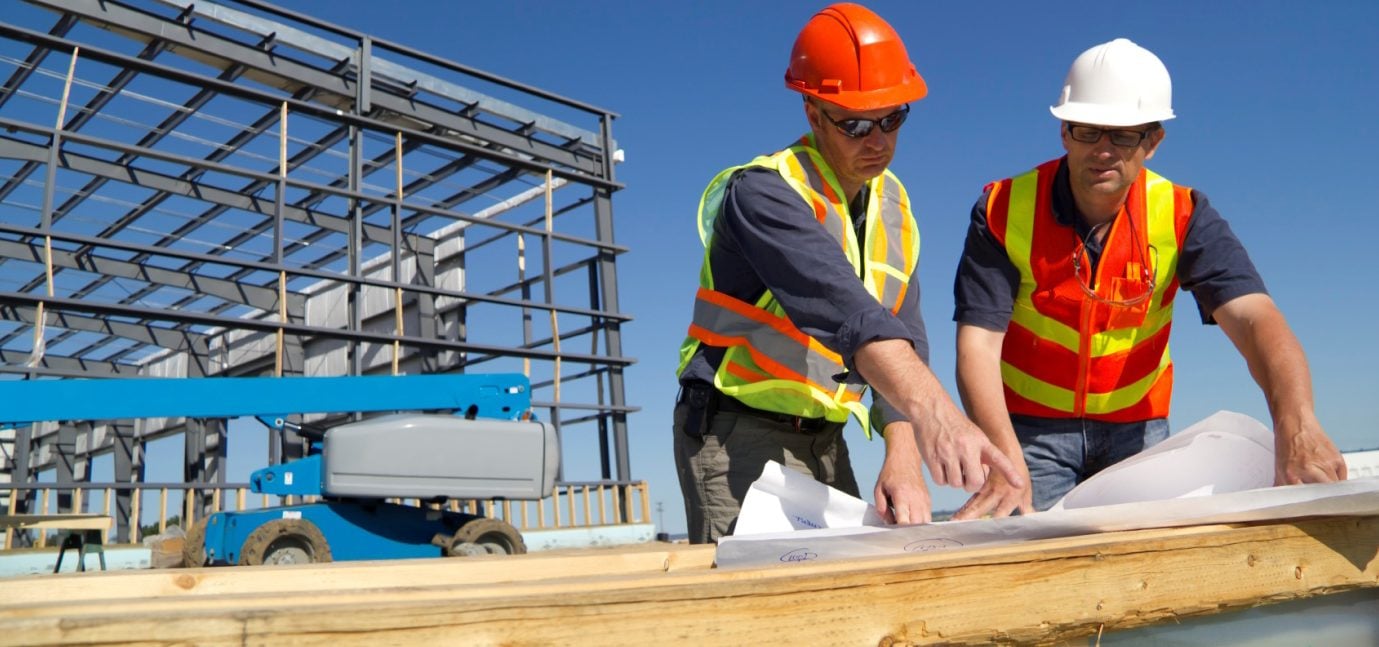Climeworks Innovating Carbon Capture Solutions Globally
Innovating Carbon Capture Solutions Globally
Pioneering Carbon Capture Technology
In the global fight against climate change, Climeworks has emerged as a pioneering force in the field of carbon capture technology. With the urgent need to reduce greenhouse gas emissions, Climeworks’ innovative approach to capturing carbon dioxide directly from the atmosphere offers a promising solution to mitigate the effects of global warming.
Direct Air Capture Technology
At the heart of Climeworks’ efforts is direct air capture (DAC) technology, which involves capturing CO2 directly from the ambient air. Unlike traditional carbon capture methods that focus on capturing emissions from industrial sources, DAC allows Climeworks to remove CO2 from the atmosphere anywhere in the world, making it a versatile and scalable solution for combating climate change.
Modular Carbon Capture Plants
Climeworks deploys its carbon capture technology through modular carbon capture plants, which consist of large structures equipped with arrays of CO2 collectors. These collectors, fitted with specialized filters, capture CO2 molecules from the air as it passes through them. Once captured, the CO2 can be concentrated, stored underground, or utilized for various applications, such as carbon-neutral fuel production or carbon sequestration.
Carbon Neutrality and Beyond
Climeworks’ carbon capture technology enables individuals, organizations, and even entire cities to achieve carbon neutrality by removing an equivalent amount of CO2 from the atmosphere that they emit through their activities. Beyond carbon neutrality, Climeworks’ technology also offers a pathway towards achieving net-zero emissions and ultimately reversing the effects of climate change.
Applications and Partnerships
Climeworks’ carbon capture technology has a wide range of applications and potential partnerships. From carbon-neutral fuels and materials to carbon sequestration and utilization, the captured CO2 can be utilized in various industries and initiatives aimed at reducing greenhouse gas emissions and combating climate change. Additionally, Climeworks collaborates with governments, businesses, and research institutions to further develop and deploy its technology on a global scale.
Scalability and Sustainability
One of the key advantages of Climeworks’ technology is its scalability and sustainability. Unlike other carbon capture methods that may be limited by the availability of suitable capture sites or geological storage options, direct air capture can be deployed virtually anywhere, making it a highly scalable solution for carbon removal. Additionally, Climeworks is committed to minimizing its environmental impact by using renewable energy sources and ensuring the long-term sustainability of its operations.
Cost-Effective Carbon Removal
While carbon capture technologies have historically been costly to deploy, Climeworks is working to make carbon removal more cost-effective and accessible. Through ongoing research and development efforts, as well as partnerships with industry stakeholders, Climeworks aims to drive down the cost of carbon capture and make it economically viable for a wide range of applications and industries.
The Path Forward
As the global community continues to grapple with the challenges of climate change, the importance of carbon capture technology cannot be overstated. With its innovative approach to direct air capture and commitment to sustainability, Climeworks is at the forefront of this crucial effort, paving the way towards a more sustainable and
















